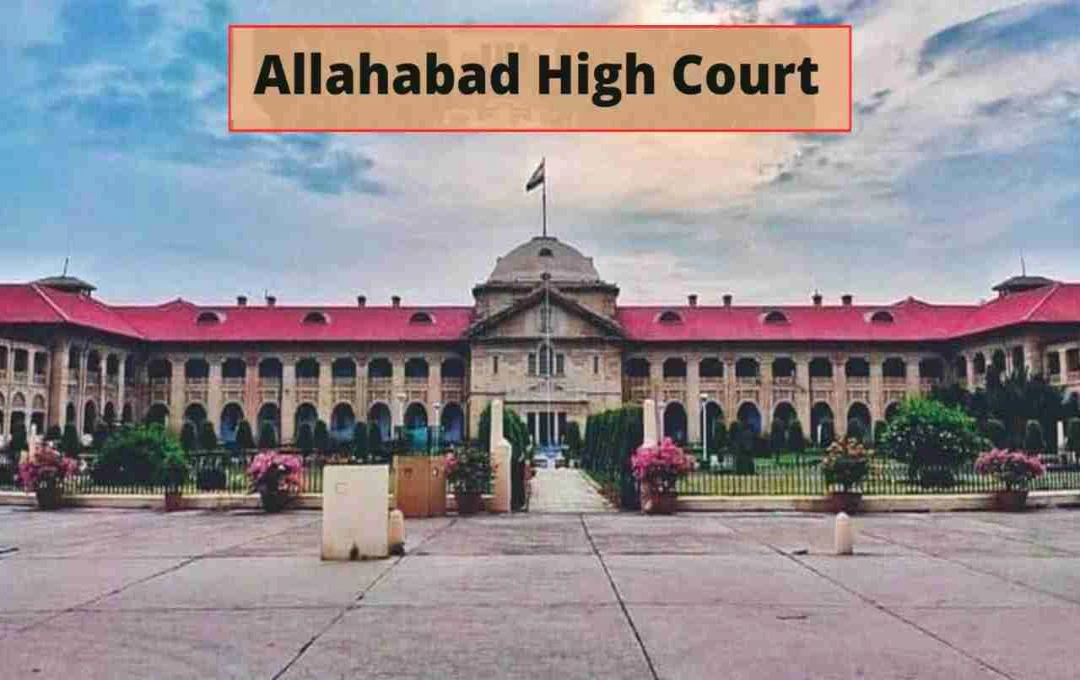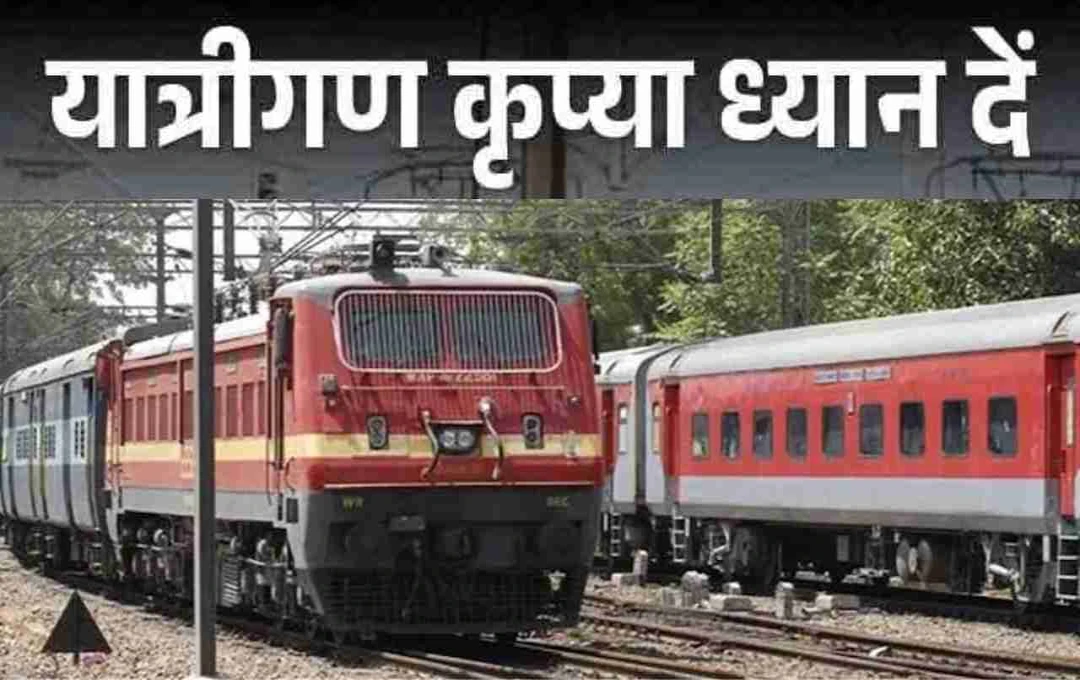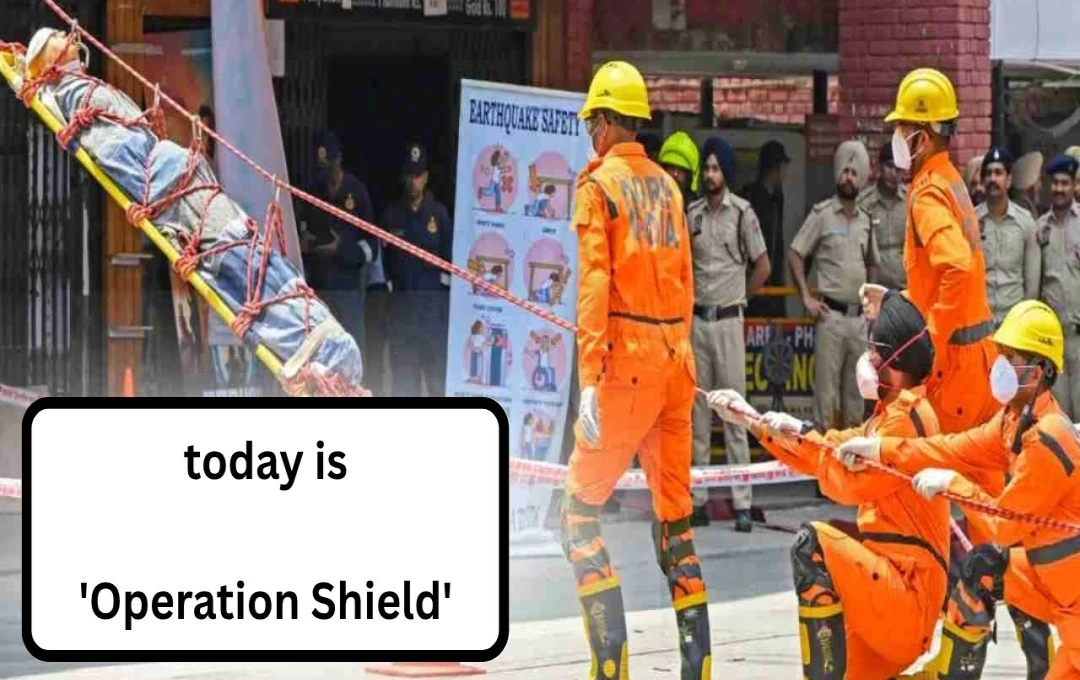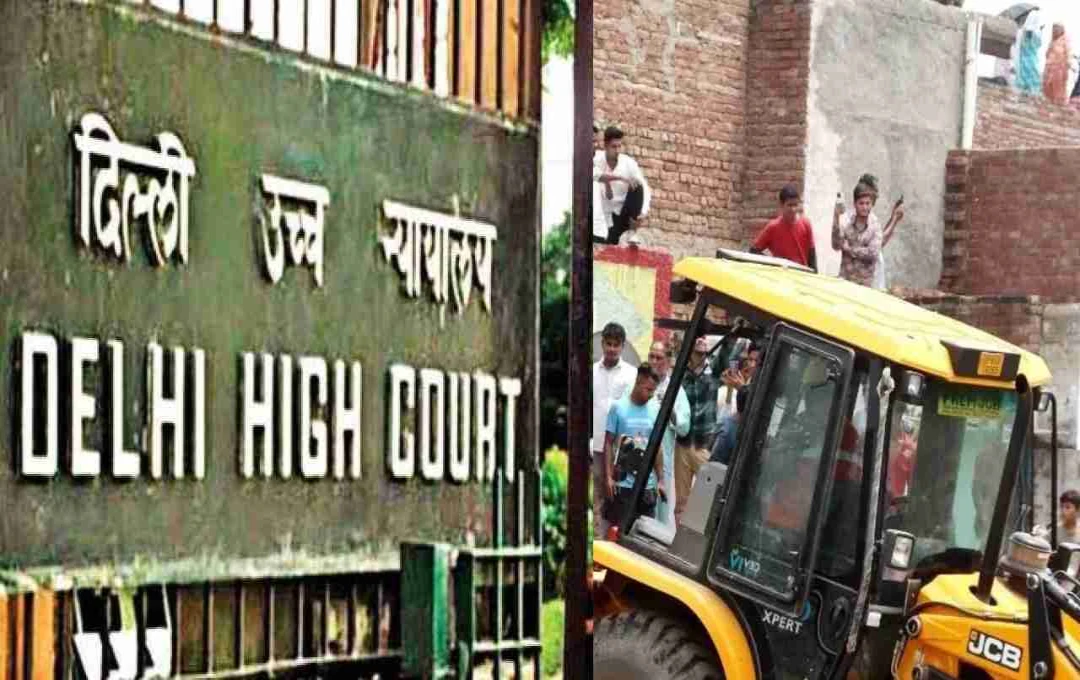Uttar Pradesh's judicial system is poised to revisit history. The Allahabad High Court is on the verge of constituting a bench of more than seven judges after a gap of 36 years. This unprecedented decision underscores the significance and influence of a 'larger bench' in the Indian judicial system.
Lucknow: The Allahabad High Court has referred a crucial legal question concerning Section 528 of the Bharatiya Nagarik Suraksha Sanhita (BNSS) to a nine-judge bench. The case revolves around whether the High Court has the power to quash a First Information Report (FIR) under Section 528 of the BNSS. This issue is significant because the BNSS recently replaced the Code of Criminal Procedure (CrPC).
Before the BNSS came into existence, Section 482 of the CrPC was used in such situations, granting the High Court the power to quash FIRs under its 'inherent power'. However, it is unclear whether the new code provides a similar power. Therefore, the High Court has referred the matter to a larger bench to obtain a comprehensive and universally accepted judgment, resolving this legal ambiguity.
What is the case about?
The case pertains to the High Court's power to quash FIRs under Section 528 of the Bharatiya Nagarik Suraksha Sanhita (BNSS). The BNSS is part of recent amendments to criminal laws, replacing Section 482 of the Code of Criminal Procedure (CrPC). The question raised is whether the High Court retains the power to quash FIRs under Section 528 of the BNSS, similar to its power under the preceding CrPC.

The 1989 landmark decision and the new challenge
In 1989, a seven-judge bench of the Allahabad High Court in the case of Ramlal Yadav vs. the State of Uttar Pradesh, explicitly stated that petitions to quash FIRs were not maintainable under Section 482 of the CrPC. Instead, petitioners should seek relief under Article 226 of the Constitution. This decision was considered a milestone in judicial jurisprudence at the time.
Now, this very judgment has been deemed re-examinable by a single-judge bench headed by Justice Arun Kumar Singh Deswal. He stated that in light of recent Supreme Court judgments, this decision is now obsolete. Therefore, respecting judicial discipline and the principle of stare decisis (following precedent), he referred the matter to a larger bench of nine judges.
Impact of recent Supreme Court decisions
Justice Deswal specifically cited the Supreme Court cases of State of Haryana vs. Bhajan Lal (1990) and Niharika Infrastructure vs. State of Maharashtra (2021). In these decisions, the Supreme Court clarified that courts have the power to intervene even during an investigation, provided the case is exceptional. This clarified that if an FIR doesn't prima facie constitute an offense, it can be quashed.
These progressive interpretations challenged the older seven-judge bench ruling, raising the question of whether the High Court is now powerless to quash FIRs.

A historical recurrence
The constitution of a nine-judge bench in the Allahabad High Court is happening after 36 years. The last such large bench was constituted in 1969, when a 28-judge bench quashed the Uttar Pradesh Assembly Speaker's order to arrest two judges. That decision is recorded as the largest bench in Indian judicial history and was also approved by the Supreme Court.
Crucially, despite disagreeing with higher judicial pronouncements, the single-judge bench opted to refer the matter to a larger bench instead of delivering a direct judgment. This exemplifies judicial discipline and reinforces the principle of maintaining consistency in judicial decisions.














